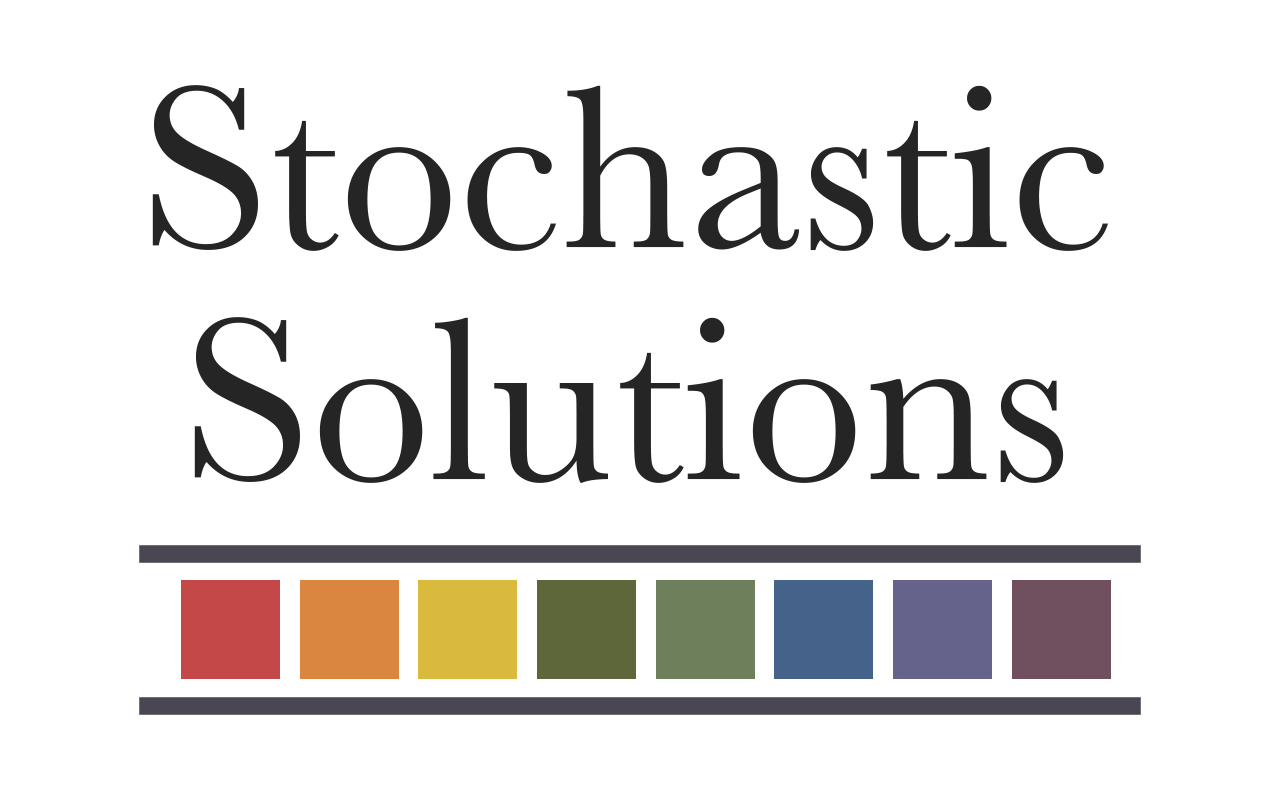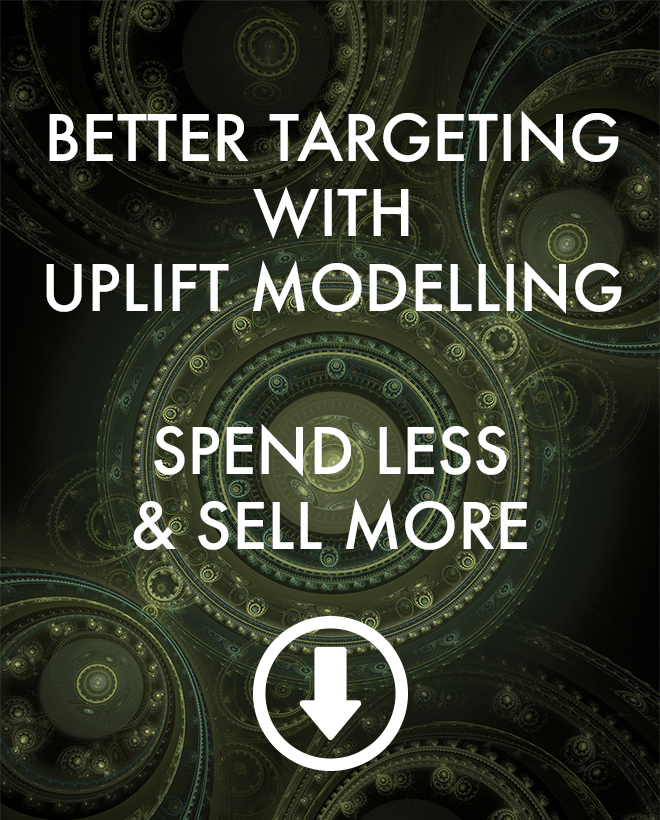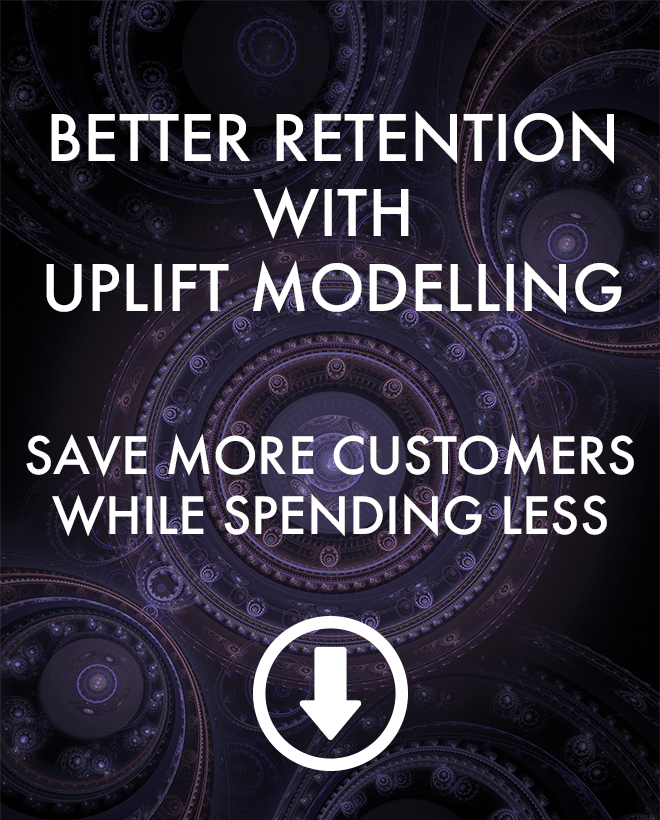Uplift Modelling for Targeting
Targeting
While targeting using conventional response modelling is generally much more effective than either a "gut-feel" approach or blanket contact, there are some unpalatable and under-appreciated facts.
- It is normally assumed that the worst outcome direct marketing activity can have is to waste money. In fact, some direct marketing provably drives away business within certain segments, and it is not unknown for it to drive away more business in total than it generates. This is especially true in retention activity.
- The use of control groups is a cornerstone of state-of-the-art customer targeting, and is certainly a prerequisite for allowing companies to measure the true incremental impact of any one-to-one customer management approach. However, measuring the net effect of a marketing programme is not the same as optimizing that net effect.
- Even in the most analytically sophisticated companies, it is surprisingly common for false conclusions to be drawn from control groups. There are many and varied causes of this. One common cause is that somewhere between conception and execution of the campaign, some influence causes control groups to be invalidated. Another is that post-campaign analysis fails, in one way or another, to perform a valid like-for-like comparison, again leading to invalid conclusions.
Stochastic Solutions staff have deep experience of both the design of direct marketing programmes and their post-campaign analysis. We can use this expertise to audit and verify the effectiveness of current practices, and to work with companies to help ensure the best planning of future activity.
In addition to this, we have deep expertise in a scientific approach to taking marketing to the next stage, using uplift modelling to optimize the targeting of direct marketing and customer management activity to maximize the net (or incremental) impact of campaigns.
Of course, uplift modelling is no panacea, and will not always lead to better results. In some situations, the uplift approach adds nothing because an uplift model ends up targeting the same people as a conventional approach. This situation pertains when incremental impact and purchase rates are strongly correlated. In other cases, typically when control groups are very small, there is too much noise in the data for an uplift approach to be effective at all, though remarkable strides have been made in extracting meaningful patterns even with unreasonably small control groups.
Frequently, however, the difference and uplift approach makes is breath-taking. We have used the uplift approach to double the profitability of already highly profitable campaigns; in other cases, we have taken campaigns that were heavily loss-making, sometimes because of the sort of negative impacts discussed above, and found segments of customers who can be profitably targeted.
Whatever stage of sophistication your business is at with targeting or other customer decisioning, Stochastic Solutions can help you to take it to the next level. If there is potential to benefit from more sophisticated use of control groups and incremental modelling, we can help you chart a path to gaining it. If there's not, we can at least ensure that you have in place the tools and methods to allow you to detect that potential if and when it arises.
Better Retention Targeting With Uplift Modelling
Most retention is implicitly based on the idea that the best people to target are those most likely to leave. This is rather like trying it improve an exam pass rate by directing most attention to the lowest achievers: it may be heroically worthwhile, but it probably isn't the easiest way to achieve the stated goal.
Churn and attrition models prioritize customers whose probability of leaving is highest. Such customers tend to be dissatisfied, so are usually hard to retain. To make matters worse, in many cases, the only thing currently keeping them is inertia, and interventions run a serious risk of back-firing, triggering the very defections they seek to avoid.
It is more profitable to focus retention activity on those people who are easiest to save—those most receptive to our retention programmes. Like focusing effort on students who are otherwise likely narrowly to fail the exam, this is generally the most efficient strategy for improving the measured outcome.

The customers who generate a positive return on investment from retention activity investment are those in red—the people will leave without an intervention, but who can be persuaded to stay. Uplift models allow you to target them, and them alone. At all costs, you want to avoid targeting the group in black, (so-called Sleeping Dogs), whose defection you are likely to trigger by your intervention. Again, uplift models can direct you away from those customers.
In contrast, standard approaches based on churn or attrition scores tend to direct attention towards the wrong groups, including, in many cases, the Sleeping Dogs. Targeting them is a disaster, as the organization actually spends money to drive away business. Even where this is avoided, traditional targeting inevitably focuses attention on customers who are hard to save, while overlooking those who are more receptive.
Stochastic Solutions has unparalled experience in helping companies to build uplift models that predict the incremental impact on retention of targeting each customer. Standard stats packages and methods simply cannot build uplift models, so you need a specialist approach. By using such incremental models, you align your targeting with the outcome that you measure (the net increase in retention achieved by your campaign) and the very metric that determines the value of the retention activity.
Contact Stochastic Solutions on +44 7713 787 602 or at info@StochasticSolutions.com, and let us help you increase sales by targeting the people whose behaviour is actually positively influenced by your marketing.
Cross-Selling With Uplift Modelling
You probably already use a control group to measure the net impact of your marketing. You do this because you know that some of the people who buy after being exposed to your marketing would have bought anyway. The control group allows you to measure the incremental impact or uplift.
But unless you're very unusual, when choosing who to target, you don't use an incremental approach: you just use a response model, or a propensity model, to try to people who are likely to buy, with no regard to incrementality.
The only prospects that generate a return on marketing investment are those in red—the people who buy only when they receive your marketing. Uplift models allow you to target them, and them alone.
In contrast, standard approaches based on response or propensity models direct the bulk of their effort at those shown in white (people unaffected by the marketing), and possibly even at the group shown in black (people negatively affected by your marketing), while sometimes missing some of the persuadable reds. This is doubly bad, resulting in wasted spend, targeting people who would have bought anyway; and missed opportunities, failing to target people who may not be very likely to buy even if you do target them, but are almost certain not to if you don't.
Stochastic Solutions has unparalled experience in helping companies to build uplift models that predict the incremental impact on sales of targeting each person in your prospect pool. Standard stats packages and methods simply cannot build uplift models, so you need a specialist approach. By using such incremental models, you align your targeting with the outcome that you measure (the lift of your cross-sales campaign) and the very metric that determines the volume of sales you make.



